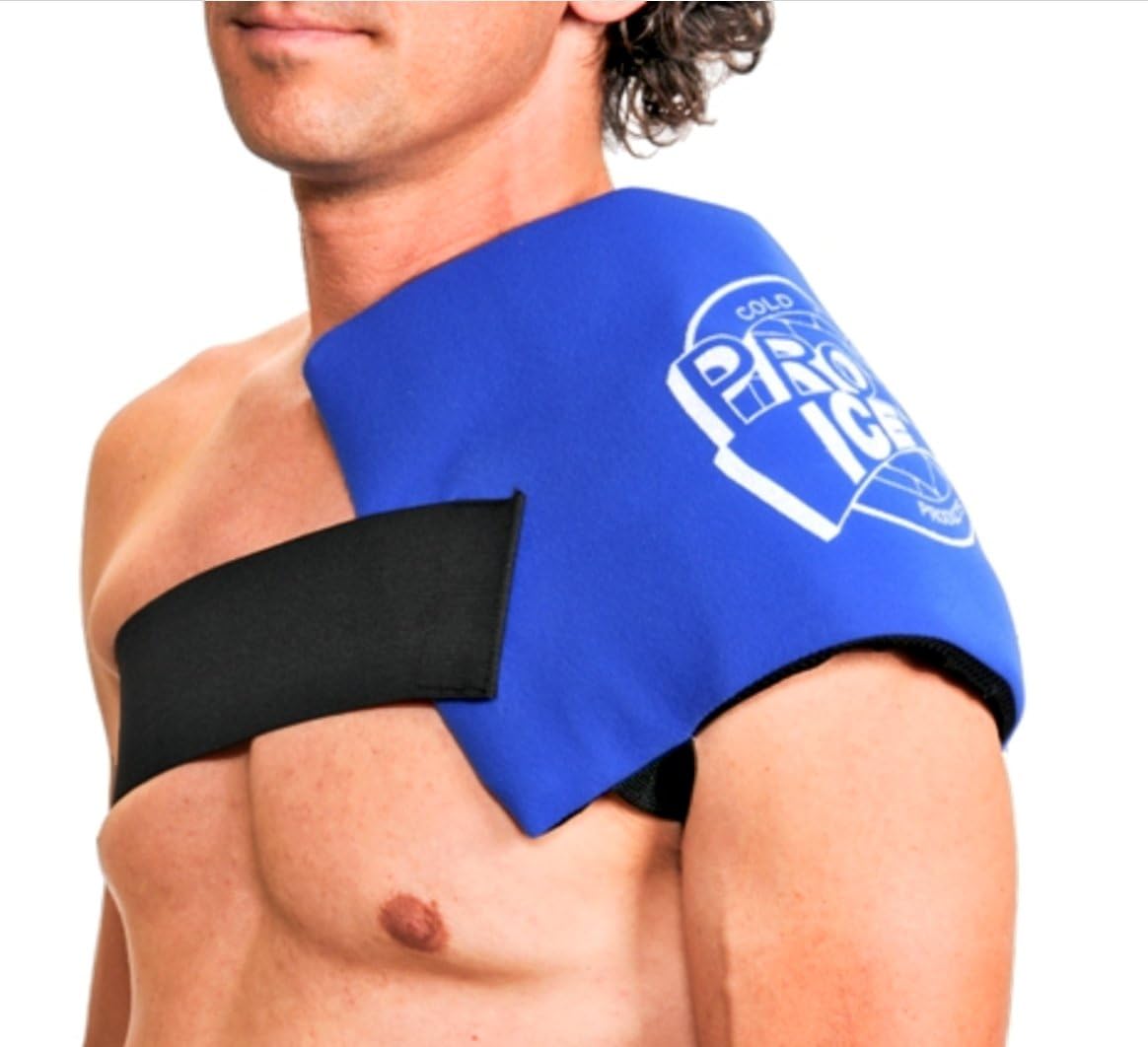What are the symptoms of a rotator cuff tear?
A rotator cuff tear can cause a range of symptoms, which may vary depending on the severity of the tear. Common symptoms include:
- Shoulder Pain: Often described as a dull ache, pain may be constant or worsen with specific movements. It can be felt deep in the shoulder or radiate down the arm.
- Weakness: There may be noticeable weakness in the shoulder, making it difficult to lift objects or perform overhead activities.
- Limited Range of Motion: Movement in the shoulder may be restricted, especially with activities that involve lifting or reaching.
- Pain at Night: Pain can be particularly bothersome at night, often interfering with sleep. This may be exacerbated when lying on the affected shoulder.
- Clicking or Popping: You might hear or feel clicking or popping sounds when moving the shoulder.
- Tenderness: The shoulder area may be tender to touch.
- Difficulty with Everyday Activities: Tasks like brushing your hair, reaching behind your back, or lifting objects may become challenging.
Symptoms can develop gradually over time or appear suddenly, often after a specific injury or overuse. If you suspect a rotator cuff tear or experience these symptoms, it’s advisable to consult a healthcare professional for a proper diagnosis and treatment plan.
What are the causes of a rotator cuff tear?
Rotator cuff tears can result from a variety of causes, often involving a combination of factors. Common causes include:
- Overuse: Repetitive stress or strain on the shoulder from activities that involve overhead movements, such as swimming, baseball, or weightlifting, can lead to rotator cuff tears over time.
- Aging: As people age, the tendons in the rotator cuff naturally degenerate and become more susceptible to tears. This process is known as tendinopathy.
- Injury: Acute trauma, such as a fall onto the shoulder or a sudden, forceful movement, can cause a rotator cuff tear. This is more common in younger individuals or athletes.
- Repetitive Stress: Jobs or activities that involve repetitive overhead motions, like painting or certain types of manual labor, can increase the risk of developing a rotator cuff tear.
- Impingement: Over time, the rotator cuff tendons can become compressed or pinched between the shoulder bones, leading to inflammation and eventual tearing.
- Poor Posture: Poor posture or muscular imbalances can contribute to improper shoulder mechanics, which can stress the rotator cuff tendons.
- Genetic Factors: Some people may be more predisposed to rotator cuff injuries due to inherited factors affecting tendon health and joint structure.
Understanding these causes can help in preventing rotator cuff injuries and managing activities to reduce the risk. If you suspect a rotator cuff tear or have symptoms, seeking medical advice is important for proper diagnosis and treatment.
What is the treatment for a rotator cuff tear?
Treatment for a rotator cuff tear varies depending on the tear’s severity, the patient’s age, activity level, and overall health. Initially, the approach often involves rest and modification of activities to avoid movements that aggravate the pain. Physical therapy plays a significant role in the recovery process, focusing on strengthening the shoulder muscles, improving range of motion, and reducing pain.
Medications such as nonsteroidal anti-inflammatory drugs (NSAIDs) can help manage pain and inflammation. Applying ice packs to the shoulder can reduce pain and swelling, particularly in the early stages, while heat therapy may be beneficial later on to relax muscles and improve circulation.
In cases where pain or inflammation is severe, corticosteroid injections may be used for temporary relief. If conservative treatments do not alleviate the problem, surgical options may be considered. Arthroscopic repair is a minimally invasive procedure that uses small incisions and a camera to guide the repair of the torn tendon. Alternatively, an open repair involves a larger incision to directly access and repair the tear. In cases of extensive damage, a tendon transfer might be performed, where a tendon from another part of the body is used to replace the damaged rotator cuff tendon.
Following surgery, a comprehensive rehabilitation program is crucial to restore shoulder strength and function. This includes physical therapy, a gradual return to activities, and adherence to post-operative care instructions. The best treatment plan is tailored to the individual’s specific condition and needs, and consulting an orthopedic specialist can help determine the most appropriate approach.

Leave a Reply
You must be logged in to post a comment.